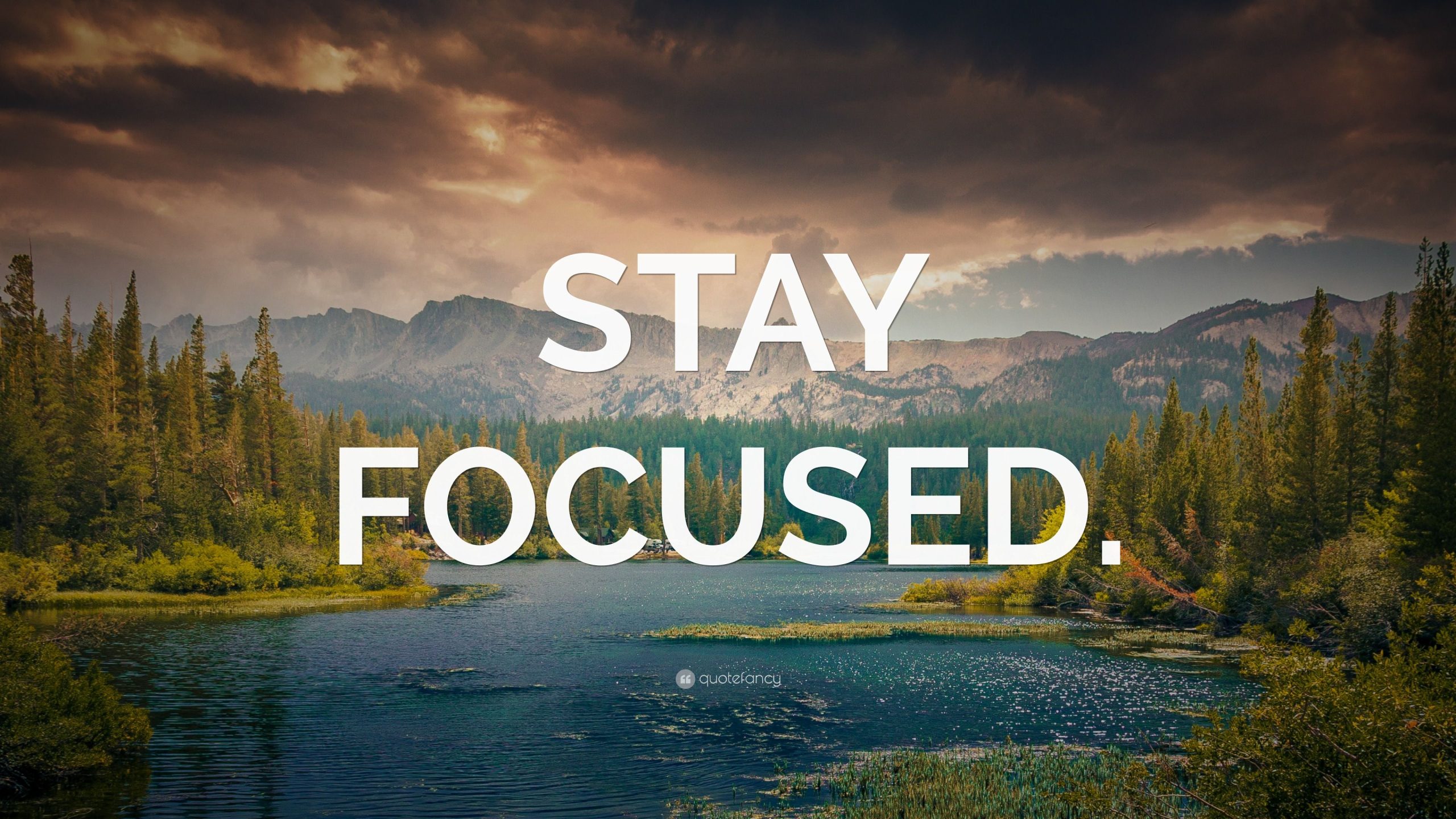
Canada, a land of breathtaking landscapes, vibrant cities, and a rich tapestry of cultures, beckons travelers with its unparalleled diversity. From the rugged coastlines of the Maritimes to the majestic peaks of the Rockies and the sprawling urban centers, Canada offers an experience for every kind of explorer. Deciding where to stay can feel like an overwhelming yet exhilarating prospect, as each region boasts its own unique charm and attractions. This comprehensive guide will navigate you through the best places to stay in Canada, delve into its captivating history, offer essential travel tips, explore accommodation options, discuss transportation, and pinpoint the ideal times to visit this vast and magnificent country.
A Glimpse into Canada’s Rich History
Canada’s history is a fascinating narrative of Indigenous peoples, European colonization, and the forging of a multicultural nation. For millennia, Indigenous communities thrived across the land, developing rich cultures and deep connections to the environment. The arrival of European explorers in the 16th century marked a turning point, leading to French and British settlements and the eventual establishment of Canada as a nation. The 19th and 20th centuries saw significant westward expansion, industrialization, and the ongoing journey of reconciliation with Indigenous peoples. This historical backdrop is evident in Canada’s architecture, cultural traditions, and the diverse linguistic landscape, primarily English and French.

Related Articles about Canada: A Tapestry of Wonders, Where to Stay and How to Experience It All:
- Florence: A Renaissance Masterpiece and Your Ultimate Italian Escape
- Portugal’s Enchanting Embrace: A Guide to its Best Hotels and Unforgettable Experiences
- Jordan: An Ancient Land Where Adventure Beckons
- Yogyakarta: The Soul of Java – A Complete Guide
- The Jewel of the East: Unlocking India’s Treasures with Budget-Friendly Flights
Top Attractions: A Sampler of Canada’s Best
Canada’s attractions are as varied as its geography. Here are some highlights that consistently draw visitors:
- Banff National Park, Alberta: A crown jewel of the Canadian Rockies, Banff offers unparalleled natural beauty with turquoise lakes like Lake Louise and Moraine Lake, towering mountains, glaciers, and abundant wildlife. Hiking, skiing, and scenic drives are popular activities.
- Niagara Falls, Ontario: One of the most famous natural wonders in the world, Niagara Falls straddles the border with the United States. The sheer power and spectacle of the Horseshoe Falls are awe-inspiring.
- Vancouver, British Columbia: Nestled between the Pacific Ocean and the Coast Mountains, Vancouver is a vibrant coastal city renowned for its stunning natural setting, Stanley Park, Granville Island Market, and a thriving culinary scene.
- Quebec City, Quebec: A UNESCO World Heritage site, Quebec City transports visitors back in time with its cobblestone streets, historic Old Town, iconic Fairmont Le Château Frontenac, and vibrant French-Canadian culture.
- Toronto, Ontario: Canada’s largest city is a multicultural metropolis offering world-class museums (Royal Ontario Museum, Art Gallery of Ontario), the iconic CN Tower, diverse neighborhoods, and a dynamic entertainment scene.
- Montreal, Quebec: Another cultural powerhouse, Montreal boasts a unique blend of European charm and North American energy. Explore Old Montreal, Notre-Dame Basilica, and indulge in its renowned culinary landscape.
- The Canadian Maritimes (Nova Scotia, Prince Edward Island, New Brunswick, Newfoundland and Labrador): This eastern region offers picturesque coastal scenery, charming fishing villages, delicious seafood, and a rich maritime history. Think Cabot Trail in Nova Scotia, Cavendish in PEI, and Gros Morne National Park in Newfoundland.
- Ottawa, Ontario: Canada’s capital city is home to Parliament Hill, the National Gallery of Canada, the Canadian Museum of History, and the picturesque Rideau Canal, a UNESCO World Heritage site.
- Whistler, British Columbia: A world-renowned ski resort town, Whistler offers thrilling winter sports and stunning alpine scenery year-round, with opportunities for hiking, mountain biking, and zip-lining in the warmer months.

Where to Stay: Navigating Canada’s Regions
Canada’s vastness necessitates a regional approach to choosing your accommodation. Here’s a breakdown of where to stay based on your interests:
1. The West Coast: British Columbia’s Natural Splendor
- Vancouver: For urban excitement with a natural backdrop.
- Attractions: Stanley Park, Granville Island, Gastown, Capilano Suspension Bridge, Grouse Mountain.
- Accommodation: From luxury hotels downtown to boutique inns in Kitsilano and budget-friendly hostels, Vancouver offers a wide range. Consider staying near the waterfront for stunning views or in neighborhoods like Yaletown for trendy dining and nightlife.
- Whistler: For outdoor adventure and alpine charm.
- Attractions: Skiing and snowboarding (winter), hiking and mountain biking (summer), Peak 2 Peak Gondola, Whistler Village.
- Accommodation: Whistler Village offers a plethora of hotels, condos, and chalets, ranging from ski-in/ski-out luxury to more budget-conscious options. Staying in the village provides easy access to lifts and amenities.
- Victoria (Vancouver Island): For a charming, historic, and garden-rich experience.
- Attractions: The Butchart Gardens, Royal BC Museum, Inner Harbour, Craigdarroch Castle.
- Accommodation: Boutique hotels and charming inns are plentiful in Victoria’s Inner Harbour area, offering easy access to attractions and scenic walks.
2. The Rocky Mountains: Alberta’s Majestic Peaks
- Banff & Lake Louise: For unparalleled mountain scenery and outdoor activities.
- Attractions: Lake Louise, Moraine Lake, Banff Gondola, Johnston Canyon, hot springs.
- Accommodation: Banff townsite offers a range of hotels, from historic grand hotels like the Fairmont Banff Springs to more modern options. Lake Louise boasts iconic luxury hotels like the Fairmont Chateau Lake Louise. Booking well in advance is crucial, especially during peak season.
- Jasper: For a wilder, more rugged mountain experience.
- Attractions: Maligne Lake, Maligne Canyon, Athabasca Falls, Icefields Parkway.
- Accommodation: Jasper townsite offers hotels, lodges, and cabin rentals. It’s generally more laid-back than Banff, with a focus on nature.
3. The Prairies: Saskatchewan, Manitoba, and Alberta’s Eastern Plains
- Calgary, Alberta: For a taste of Western hospitality and a gateway to the Rockies.
- Attractions: Calgary Tower, Heritage Park Historical Village, Calgary Stampede (July), Studio Bell (National Music Centre).
- Accommodation: Calgary has a wide selection of hotels, particularly in the downtown core and near the airport.
- Winnipeg, Manitoba: For a vibrant cultural scene and a gateway to the north.
- Attractions: The Forks National Historic Site, Canadian Museum for Human Rights, Assiniboine Park Zoo.
- Accommodation: Hotels are concentrated in the downtown area and near the airport.
4. Central Canada: Ontario and Quebec’s Urban and Historic Hubs
- Toronto, Ontario: For a cosmopolitan experience and diverse attractions.
- Attractions: CN Tower, Royal Ontario Museum, Art Gallery of Ontario, Distillery District, Kensington Market.
- Accommodation: Toronto offers a vast array of options, from luxury hotels in the Entertainment District to boutique hotels in trendy neighborhoods like Queen West or Yorkville, and budget-friendly hostels.
- Niagara Falls, Ontario: For the iconic waterfall experience.
- Attractions: Niagara Falls, Clifton Hill, Niagara-on-the-Lake (charming nearby town).
- Accommodation: Hotels line the Niagara Parkway, offering views of the falls. Niagara-on-the-Lake provides a more quaint and romantic setting with charming inns.
- Ottawa, Ontario: For national history and culture.
- Attractions: Parliament Hill, National Gallery of Canada, Canadian Museum of History, Rideau Canal.
- Accommodation: Hotels are abundant in the downtown core, offering easy access to Parliament Hill and museums.
- Montreal, Quebec: For European flair and a vibrant culinary scene.
- Attractions: Old Montreal, Notre-Dame Basilica, Mount Royal Park, Biodome.
- Accommodation: Old Montreal offers historic boutique hotels, while downtown provides modern options. Consider staying in Plateau Mont-Royal for a more bohemian vibe.
- Quebec City, Quebec: For a step back in time.
- Attractions: Old Quebec (Upper and Lower Towns), Fairmont Le Château Frontenac, Plains of Abraham, Montmorency Falls.
- Accommodation: Staying within the historic walls of Old Quebec offers an unforgettable experience, with charming inns and boutique hotels.
5. The Canadian Maritimes: Coastal Charm and Maritime Heritage
- Halifax, Nova Scotia: A vibrant port city with a rich history.
- Attractions: Halifax Waterfront, Citadel Hill National Historic Site, Maritime Museum of the Atlantic.
- Accommodation: Hotels are plentiful in the downtown core and along the waterfront.
- Prince Edward Island: For idyllic landscapes and Anne of Green Gables lore.
- Attractions: Cavendish (Anne of Green Gables sites), Red Sand Beaches, Charlottetown.
- Accommodation: Charming inns, cottages, and B&Bs are scattered throughout the island, especially near popular attractions.
- New Brunswick: For stunning coastlines and the Bay of Fundy.
- Attractions: Hopewell Rocks, Fundy National Park, historic towns like St. Andrews.
- Accommodation: Coastal towns offer inns and motels, while national parks have camping and rustic lodges.
- Newfoundland and Labrador: For dramatic landscapes and unique culture.
- Attractions: Gros Morne National Park (UNESCO), Signal Hill National Historic Site (St. John’s), Fogo Island.
- Accommodation: St. John’s offers a range of hotels. For a truly unique experience, consider the Fogo Island Inn.
6. The North: Yukon, Northwest Territories, and Nunavut
- Whitehorse, Yukon: Gateway to the Klondike and wilderness adventures.
- Attractions: Miles Canyon, SS Klondike National Historic Site, Northern Lights viewing.
- Accommodation: Hotels and lodges are available in Whitehorse.
- Yellowknife, Northwest Territories: For unparalleled Northern Lights viewing.
- Attractions: Aurora Borealis, Prince of Wales Northern Heritage Centre, Old Town.
- Accommodation: Hotels are concentrated in Yellowknife.
Accommodation Options: A Spectrum of Choices
Canada offers a diverse range of accommodation to suit every budget and travel style:
- Hotels: From luxury five-star establishments in major cities to mid-range chains and budget-friendly motels, hotels are ubiquitous across Canada.
- Boutique Hotels: Often found in historic districts or trendy neighborhoods, these offer unique character, personalized service, and stylish decor.
- Bed & Breakfasts (B&Bs): A charming way to experience local hospitality, B&Bs offer cozy rooms, homemade breakfasts, and often valuable local insights from their hosts.
- Vacation Rentals (Airbnb, VRBO): Ideal for families, groups, or longer stays, these offer the flexibility of a private home with kitchen facilities.
- Hostels: A budget-friendly option for solo travelers or those looking to socialize, hostels offer dormitory-style rooms and private options.
- Cabins and Lodges: Particularly popular in rural and wilderness areas, these offer a rustic and immersive experience, often with stunning natural surroundings.
- Camping: For the adventurous and nature-loving, Canada boasts an extensive network of national, provincial, and private campgrounds.
Transportation: Navigating the Vastness
Getting around Canada requires planning due to its sheer size:
- Flying: For long distances, flying is the most efficient option. Major airlines like Air Canada and WestJet connect most major cities. Consider smaller regional airlines for remote destinations.
- Trains: VIA Rail Canada offers scenic routes across the country, particularly popular for the journey between Toronto and Vancouver. It’s a more leisurely way to see the landscape.
- Buses: Companies like Greyhound Canada and regional operators provide intercity bus services, often a more affordable option for shorter distances.
- Driving: Renting a car offers the ultimate flexibility, especially for exploring national parks and rural areas. Be prepared for long driving distances and varying road conditions.
- Ferries: Essential for accessing islands like Vancouver Island and Newfoundland, BC Ferries and Marine Atlantic are key transportation providers.
- Public Transit: Major cities like Toronto, Montreal, Vancouver, and Calgary have extensive public transit systems including subways, buses, and streetcars.
Travel Tips for a Smooth Canadian Adventure
- Visa Requirements: Check if you require a visa to enter Canada based on your nationality.
- Currency: The official currency is the Canadian Dollar (CAD). Credit cards are widely accepted, but it’s good to have some cash for smaller purchases.
- Language: Canada has two official languages: English and French. While English is spoken throughout most of the country, French is dominant in Quebec. Learning a few basic French phrases can be helpful.
- Tipping: Tipping is customary for service staff in restaurants, bars, hotels, and for taxi drivers. A general guideline is 15-20%.
- Weather: Canada’s weather is highly variable. Pack layers and be prepared for different conditions, even within the same day, especially in mountainous regions.
- Book in Advance: For popular destinations, attractions, and accommodation, especially during peak season (summer and winter holidays), booking well in advance is highly recommended.
- Respect Wildlife: When visiting national parks and natural areas, maintain a safe distance from wildlife and never feed them.
- Stay Hydrated and Sun Protected: Even in cooler climates, the sun can be strong, especially at higher altitudes.
- Embrace the Outdoors: Canada is an outdoor enthusiast’s paradise. Make time for hiking, exploring, and enjoying the natural beauty.
- Be Prepared for Long Distances: Canada is a vast country. Factor in travel time between destinations when planning your itinerary.
Best Time to Visit: Tailoring Your Trip to the Seasons
The best time to visit Canada largely depends on your interests and the region you plan to explore:
- Spring (April-May): Pleasant temperatures, blooming flowers, and fewer crowds in many areas. Ideal for city breaks and exploring national parks before the summer rush. However, some higher-altitude areas may still have snow.
- Summer (June-August): The most popular time to visit, offering warm weather perfect for outdoor activities like hiking, camping, and water sports. Expect longer daylight hours and vibrant festivals. However, it’s also the busiest and most expensive season.
- Autumn (September-October): Spectacular fall foliage paints the landscape in vibrant hues, especially in Eastern Canada. Cooler temperatures are ideal for hiking and exploring cities. This is a beautiful and often less crowded time to visit.
- Winter (November-March): A paradise for winter sports enthusiasts, with excellent skiing, snowboarding, and other snow-related activities in the Rockies and other mountain regions. Northern regions offer incredible opportunities for viewing the Northern Lights. Be prepared for cold temperatures and snow.
Conclusion
Canada is a country that truly offers something for everyone, a vast mosaic of experiences waiting to be discovered. Whether you’re drawn to the majestic peaks of the Rockies, the charming streets of Quebec City, the vibrant energy of Toronto, or the rugged beauty of the Maritimes, your choice of where to stay will profoundly shape your journey. By understanding the unique allure of each region, considering your interests, and planning your trip with practical tips in mind, you can unlock the full potential of this extraordinary nation. Canada promises an unforgettable adventure, a place where natural wonders and rich cultural heritage intertwine to create memories that will last a lifetime.





